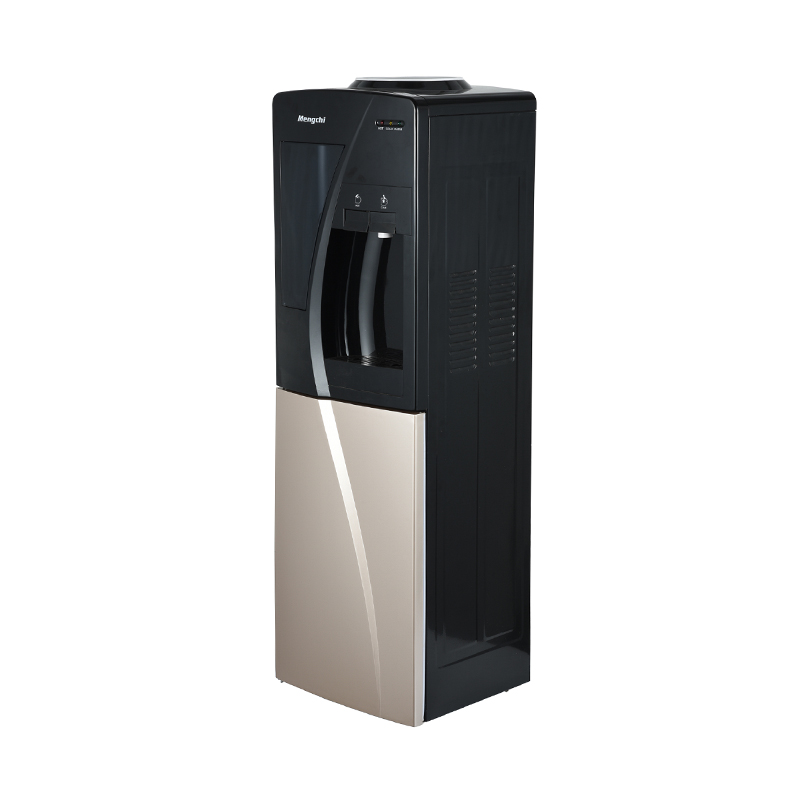The evaporator is an important part of the refrigeration system in the water dispenser, responsible for the evaporation process of water, thereby reducing the water temperature.
Structure and composition:
An evaporator usually consists of the following main components:
Heat Exchange Tubes: Heat exchange tubes are key components in the evaporator and are responsible for heat exchange between water and refrigerant. These pipes are usually designed in a coil shape to increase the surface area in contact with water to improve heat transfer efficiency.
Fins: In order to increase the heat exchange surface area, the heat exchange tubes of the evaporator are usually covered or attached with fins. The design of these sheets helps improve the heat exchange effect between the air and the heat exchange tubes and promotes the evaporation of water.
Refrigerant inlet/outlet pipes: The evaporator contains inlet and outlet pipes for the refrigerant, allowing the refrigerant to circulate in the pipes and achieve heat exchange with water.
Working principle:
The working principle of the evaporator is based on the principles of heat exchange and phase change. When the user selects cold water, the water passes through the heat exchange tube of the evaporator and exchanges heat with the refrigerant (usually Freon or ammonia). The following is the basic working process of an evaporator:
Heat absorption process: When water comes into contact with the heat exchange tube, the heat in the water is transferred to the refrigerant. This causes the water temperature to drop as the heat of the water is used to evaporate the refrigerant.
Evaporation process: The refrigerant absorbs heat from the water in the evaporator and changes from liquid to gas. This process is key to lowering the water's temperature because as it evaporates, the temperature of the water is lowered.
Heat exchange effect: The design of the heat sink and the evaporation of the refrigerant jointly promote effective heat exchange between the air and the heat exchange tube. The presence of fins increases the surface area, allowing more water molecules to exchange heat with the refrigerant.
Through this process, the evaporator cools the water and provides users with cool drinking water.
Refrigerant cycle:
After the evaporation process, the refrigerant enters other parts of the refrigeration system in gaseous form, such as the compressor, condenser and expansion valve, completing the entire refrigeration cycle. After the temperature of the water in the evaporator drops during heat exchange with the refrigerant, it flows out of the evaporator and into the water tank, providing users with cool drinking water.











